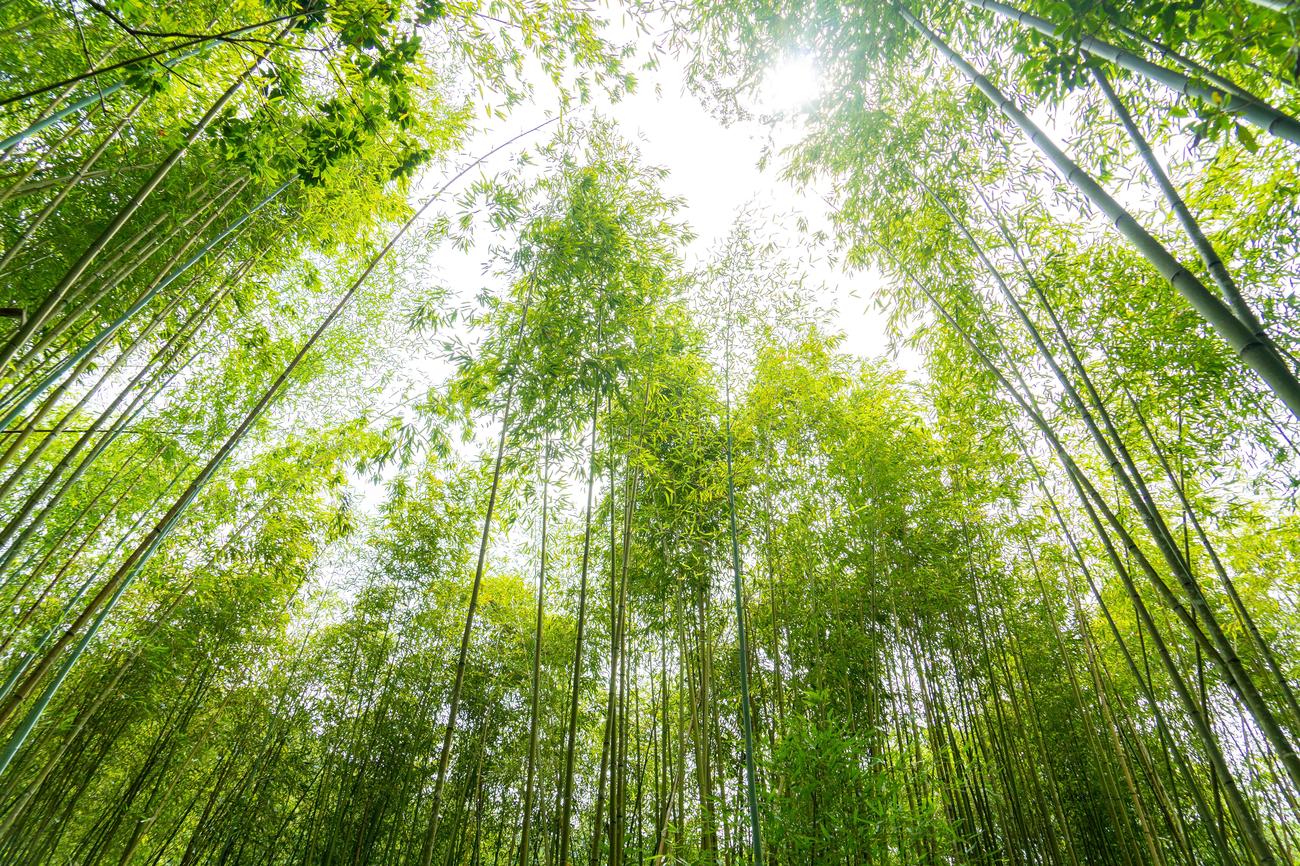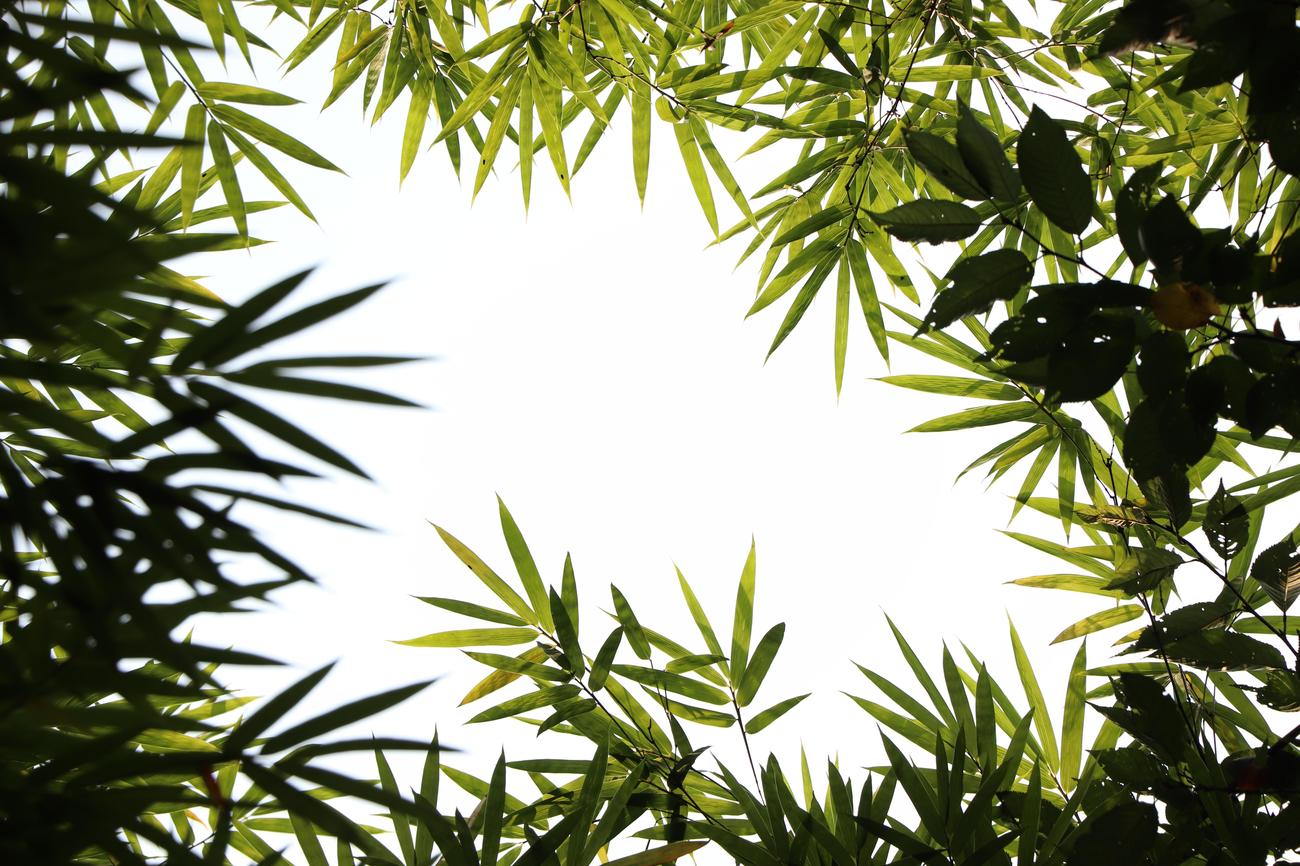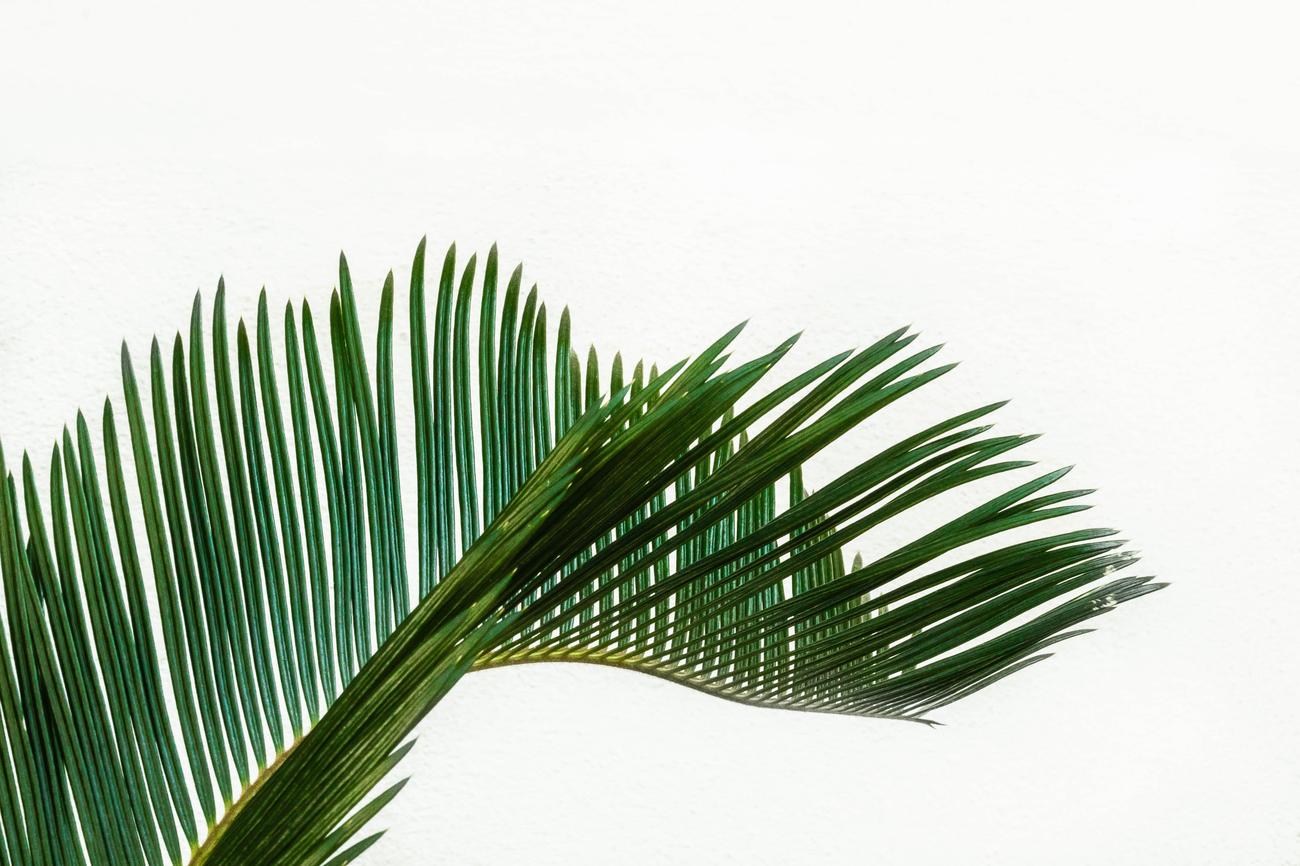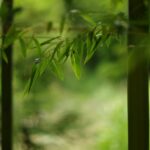Are you ready to dive into the world of sustainability and discover the remarkable versatility of bamboo? Get ready to be amazed, as we unravel the endless possibilities that this extraordinary plant offers. In this article, we will explore the many ingenious uses of bamboo, ranging from construction materials to furniture, textiles, and even energy production. Join us as we embark on a journey into the green wonderland of bamboo, where innovation and sustainability go hand in hand.

Versatile uses of bamboo
Bamboo, often referred to as the “green wonder,” is a remarkable plant that offers an array of versatile uses. From construction materials to textiles and even energy production, this fast-growing plant has captured the attention of sustainable architecture and interior design enthusiasts like myself. Let’s delve into the fascinating world of bamboo and explore its boundless potential in creating a sustainable future.
Bamboo as a food source
Did you know that bamboo serves as a vital food source for both humans and animals? For instance, pandas heavily rely on bamboo as their primary source of sustenance. These charming creatures consume copious amounts of bamboo daily to meet their dietary needs. It’s truly remarkable how this plant can sustain such magnificent creatures and play a crucial role in their survival.
Bamboo as a building material
When it comes to construction, bamboo shines as an exceptional building material. Its combination of strength and light weight makes it an ideal choice for various construction purposes. From traditional housing to irrigation systems and even weaponry, bamboo has proven its durability and versatility throughout history. This plant truly has a remarkable ability to stand the test of time.
Bamboo as a sustainable energy source
Bamboo also offers an environmentally friendly solution for fuel. It can be used as a renewable energy source for heating and cooking, making it a viable alternative to traditional wood sources. The advantage of bamboo lies in its ability to grow in areas where other wood sources may be scarce, providing communities with a sustainable and accessible source of fuel. Harnessing the power of bamboo to meet energy needs is undoubtedly a step towards a greener and more sustainable future.
Bamboo in the world of textiles
Textiles made from bamboo fibers have gained significant popularity in recent years for their comfort and eco-friendly qualities. These fibers can be transformed into various forms such as cloth, yarn, and clothing. Bamboo textiles are known for their breathability, moisture-wicking properties, and softness, rivalling materials such as cotton and silk. Embracing bamboo textiles not only provides us with comfortable and sustainable clothing options but also supports a more eco-conscious fashion industry.
Bamboo’s cultural significance
Beyond its practical uses, bamboo holds cultural significance in various art forms. It has made its way into painting, music, writing, and even martial arts. Its elegance and versatility have inspired countless artists and creators throughout history. Bamboo has become a symbol of resilience, adaptability, and the harmonious coexistence of humans with nature.
In summary, bamboo’s versatility knows no bounds. Its uses extend far beyond being a mere plant, making it an invaluable resource in promoting sustainable living. Whether it’s as a food source, construction material, energy source, textile fiber, or cultural emblem, bamboo continues to captivate us with its myriad applications. Embracing the green wonder of bamboo brings us one step closer to a more sustainable and harmonious future.
“Bamboo: A plant that nourishes, protects, ignites, and inspires. Its versatility knows no limits, and its potential is boundless.”
Bamboo is an extraordinary plant that holds numerous fascinating secrets! Did you know that bamboo is the fastest-growing plant on Earth? Yes, it can grow up to 35 inches in just 24 hours! The versatility of bamboo is simply mind-boggling. From being used as a building material to producing soft and silky fabrics, this plant can do it all. If you’re curious to learn more amazing facts about bamboo, click here: 10 Amazing Facts About Bamboo. Prepare to be amazed by the wonders of this incredible plant!

FAQ
Q: What are the various uses of bamboo?
A: Bamboo has a multitude of uses, including as a food source for pandas, construction material, fuel for heating and cooking, textile fibers, and in various forms of art and culture.
Q: Can bamboo be used as a building material?
A: Yes, bamboo is widely used as a building material due to its combination of strength and light weight. It is used in construction for structures, irrigation systems, and even weapons.
Q: How is bamboo used as a fuel source?
A: Bamboo can be harvested and used as a renewable source of fuel for heating and cooking. It offers advantages over traditional wood as it can grow in areas where wood sources are limited.
Q: In what ways is bamboo used in textiles?
A: Bamboo fibers can be shaped into cloth, yarn, and clothing. Bamboo textiles are known for their softness, breathability, and natural antibacterial properties.
Q: Are there any cultural uses of bamboo?
A: Yes, bamboo holds cultural significance and is widely used in arts such as painting, music, writing, and martial arts. Its versatility and sustainability make it a prized material in various cultural practices.
- Unlock Elemental 2 Secrets: Actionable Insights Now - April 2, 2025
- Lot’s Wife’s Name: Unveiling the Mystery of Sodom’s Fall - April 2, 2025
- Photocell Sensors: A Complete Guide for Selection and Implementation - April 2, 2025
















